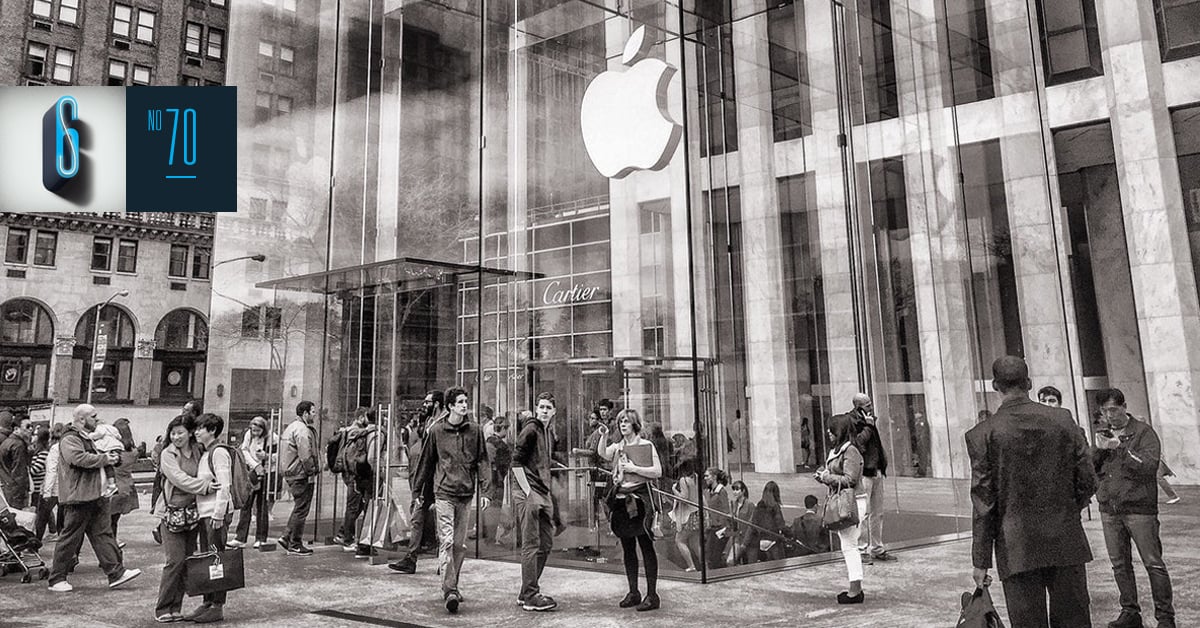
VIth Sense: The Evolution of a Brand
You've seen it before. A brand tries an off-the-wall campaign and then they roll out another brand-new campaign the next season. Sure, campaigns change, you can test out new messages and mix things up. But it's important to know the difference between a campaign and your entire brand.
Quick Branding 101:
A brand is not an ad campaign. Or a logo. Or a tag line. It’s your promise to the consumer. Your brand position is the place that you occupy in their mind. And, it’s based on attributes that reflect company culture and values.
Campaigns change, but brands evolve. This is because brands are built on real stuff: the aforementioned attributes that stem from culture, the actual deliverables of the organization, and the brand’s place among competing brands. Those things can’t change just because someone has a new idea for an ad.
So, why, when, and how should a brand evolve? The short answer is that it should evolve in response to the market. ‘The market’ means the industry as a whole, consumer preferences, and the competitive landscape. Brands should evolve to remain competitive and relevant.
A more thorough answer is that brands are constantly going through some sort of evolution. The wise marketer understands this and tweaks their branding efforts to exploit the opportunities that exist for their brand.
VI’s brand has evolved quite a bit over just the last decade. Our fundamental service is the same as it has always been, but the priorities of our clientele have shifted and so has our brand. This doesn’t just mean our messaging. Our internal culture and what we prioritize has shifted. That means what we communicate, how we train, and how we operate. We have not changed our brand positioning statement and I don’t foresee that happening soon. Still, our brand strategy has shifted as has some of our messaging. As such, the perception of our brand is certainly a bit different than it was a few years ago.
Let’s look at Apple, a brand that we are all familiar with, and review how that brand has evolved.
Desktop computers. Then iPod and iPhone and now the Apple Watch. While the foundation has always been a product that is simple to operate, Apple has evolved from a challenger brand to an innovator, and now to more of a technology brand.
When we look deeper, we need to understand that the initial underdog role in and of itself attracts a certain type of consumer. Designers and artists were attracted to the easier interface and better graphics. But I think it went deeper. The artistic person of the 80s and 90s was a bit of an outsider themselves — especially those of a younger age. So, they identified more with a brand that seemed to understand them.
The brand languished when Steve Jobs left. But upon his return, the brand position began to shift to innovation. The iPod brought portable function and unique design to music.
The iPhone did the same a few years later. Apple Watch too, without quite the success of previous products.
Today, the brand is less about innovation and more about digital content and service. While Apple would surely like to find a product as innovative and profitable as the iPhone, it is more about serving customers’ needs through services, which happen to come with recurring revenue instead of one-off purchases.
It might be that the brand would have evolved differently had Steve Jobs been a constant and still ran the company. Leaders certainly influence culture and push priorities that shape brand attributes. That happens everywhere.
But the Apple brand has definitely evolved. It didn’t just change from one year to the next. A new ad campaign didn’t suddenly shift our perception of the brand. The Apple brand evolved as the landscape changed. Other streaming music services entered the market. New smart phones. Consumer demand for much more memory (all those photos on your phone for starters). Headphone brands, etc.
Apple popularized, even revolutionized, product categories that invited competition and left the consumer wanting more, bigger, and better.
It’s the same brand that we knew in the 90s, but Apple has evolved to remain relevant today. To use their own words, today they “Think Different” (only the same).
Read more blogs from Tim Berney here.








